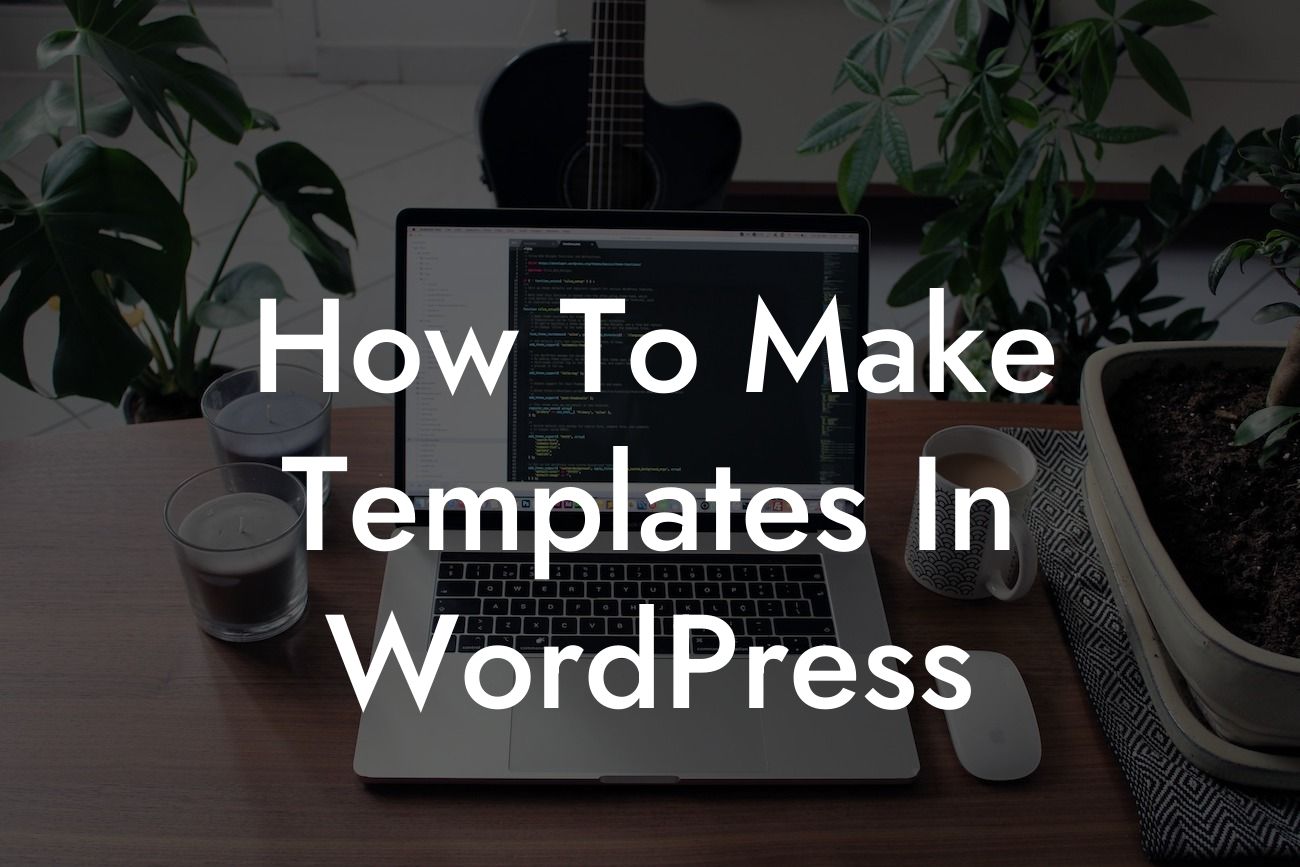Are you looking to create eye-catching templates for your WordPress website? Templates play a crucial role in enhancing the visual appeal and functionality of your online presence. In this comprehensive guide, we will walk you through the process of making templates in WordPress, empowering you to give your website a distinct edge. Say goodbye to generic designs and unleash your creativity with DamnWoo's amazing plugins.
Creating templates in WordPress doesn't have to be a daunting task. With the right tools and knowledge, you can transform your website into a captivating masterpiece. Let's dive into the step-by-step process:
1. Understanding the Template Hierarchy:
To create effective templates, it's vital to grasp the concept of the template hierarchy in WordPress. This hierarchy defines the order in which various template files are used to display different types of content. Familiarize yourself with the hierarchy to gain more control over your website's appearance.
2. Utilizing Template Tags:
Looking For a Custom QuickBook Integration?
Template tags are powerful WordPress functions that allow you to dynamically display content on your templates. They can be used to retrieve and display information such as post titles, content, categories, and more. Incorporating template tags into your templates will add a layer of functionality and customization.
3. Customizing Your Template Files:
WordPress offers a variety of template files that control different types of content. To customize your templates, locate the respective template file and modify it according to your preferences. Make use of HTML, CSS, and template tags to create stunning designs that align with your brand.
4. Creating a Child Theme:
To ensure that your customizations remain intact even after updating your WordPress theme, it's recommended to create a child theme. A child theme inherits the functionality and styles of its parent theme while allowing you to make modifications without affecting the original files. This ensures a seamless updating process while retaining your unique templates.
How To Make Templates In Wordpress Example:
Let's say you run a small business offering personalized coaching services. You want to create a template for your blog posts that highlights your expertise and encourages visitors to contact you for further assistance. By customizing the single post template file, you can add a captivating header, include a call-to-action button at the end of each post, and display your contact information prominently.
Congratulations! You've gained a deeper understanding of how to make templates in WordPress. By following the steps outlined in this guide, you have the power to transform your website into a visually stunning and highly functional platform. Explore DamnWoo's collection of powerful plugins to further enhance your online presence and unlock limitless possibilities for your small business or entrepreneurial venture. Don't forget to share this article with others who could benefit from these valuable insights!













